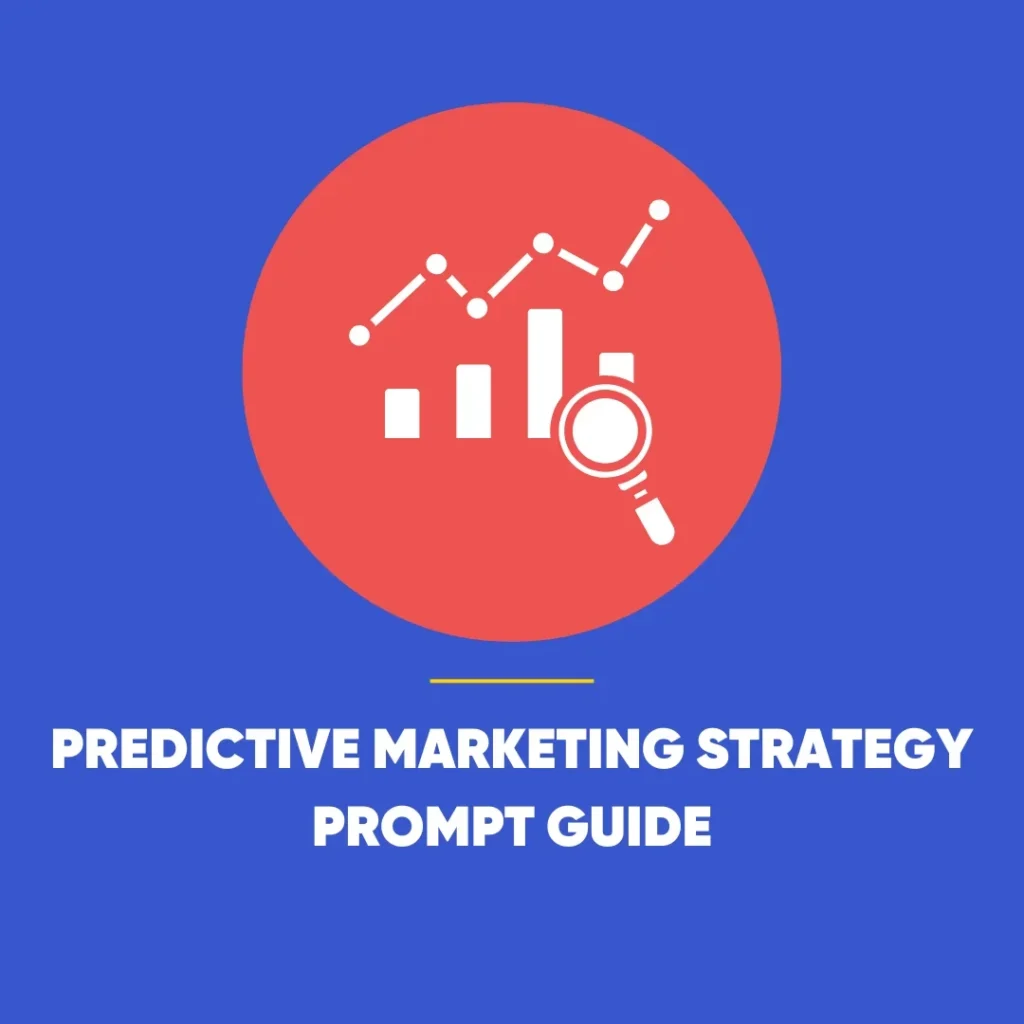Influencer Marketing Challenges: Unpacking the Benefits and Drawbacks
In the modern digital landscape, influencer marketing shapes consumer behaviour but faces influencer marketing challenges. Unlike traditional advertising, which once dominated the marketing arena, influencer marketing utilises the personal influence of individuals who connect authentically with their audiences. As with any marketing strategy, it carries both substantial benefits and notable drawbacks. Understanding these aspects is crucial for leveraging influencer marketing effectively.
The Rise of Influencer Marketing
The advent of social media has transformed how brands engage with potential customers, but it also introduces several influencer marketing challenges. Influencer marketing, which involves partnering with individuals who have significant social media followings, has become a critical component of modern marketing. These influencers are not just celebrities but often everyday people who have amassed a substantial and engaged audience through their passions and expertise.
The Power of Influencer Marketing
Influencer marketing uses the credibility and reach of key opinion leaders to amplify a brand’s message. By connecting with audiences on a personal level, influencers can impact consumer behaviour more effectively than traditional advertising methods.
Amplifying Brand Visibility
One of the primary advantages of influencer marketing is its ability to significantly enhance brand visibility. Influencers, with their dedicated followers on platforms like Instagram and TikTok, act as modern day brand ambassadors. For instance, a micro-influencer who shares their experience with a new skincare product can introduce it to a highly targeted and engaged audience. This personal recommendation often carries more weight than a generic ad.
Consider the case of Aitana, Spain’s first AI influencer. Created by designer Rubén Cruz and his agency, The Clueless, Aitana is a 25-year-old digital persona who shares her fitness and gaming experiences. Despite being a fictional character, Aitana works with brands like Olaplex and Brandy Melville Spain, earning around $1,000 per post. Her billboards in Times Square show how far digital influencers can reach.
Building Trust and Authenticity
Despite influencers often building a strong sense of trust and authenticity with their followers, they still face influencer marketing challenges. Unlike traditional advertisements, which can seem impersonal and disconnected, influencers share genuine experiences and stories. This authentic engagement fosters a sense of reliability among their audience. For example, Sofia Richie’s wedding makeup went viral on TikTok last year. The products used by her makeup artist, Pati Dubroff, gained immense popularity, showing how personal endorsements can significantly influence consumer perception.
Richie’s makeup look featured a mix of high-end brands like Chanel and more accessible ones like Nudestix and Maybelline. This blend not only highlighted the potential for everyday products to achieve a glamorous look but also showcased a well executed influencer marketing strategy. Products from Nudestix and Maybelline became instant hits, illustrating how influencer collaborations can create aspirational yet achievable beauty goals.
Driving Purchase Decisions
Influencers have a unique ability to drive purchase decisions through their direct and engaging content. A well crafted influencer campaign can lead followers to visit a website or store and make a purchase. According to Mediakix, 80% of marketers find influencer marketing effective in driving sales and raising brand awareness. Influencers’ high engagement rates and persuasive content often translate into increased consumer action.
Efficient Audience Targeting
One of the notable benefits of influencer marketing is its precision in targeting specific audiences. Nano and micro-influencers focus on specific groups or interests. By collaborating with the right influencer on platforms like TikTok or Instagram, brands can reach their ideal customers in a manner that feels personal and relevant. This targeted approach is not only more effective but also cost efficient, ensuring marketing budgets are spent wisely.
The Drawbacks of Influencer Marketing
Despite its advantages, influencer marketing is not without its challenges. Understanding these drawbacks is essential for navigating this dynamic field effectively.
Risk of Brand-Influencer Mismatch
A major downside of influencer marketing is when an influencer’s values don’t match the brand’s values. If an influencer’s content or values do not align with a brand’s image, it can result in disjointed campaigns that damage the brand’s reputation. For instance, an influencer known for promoting healthy living might face backlash if they endorse a fast-food brand, causing credibility issues for both the influencer and the brand.
To mitigate this risk, many marketers are turning to influencer marketing agencies that specialise in aligning influencers with brands. These agencies ensure that partnerships are authentic and mutually beneficial, which enhances the effectiveness of campaigns.
Challenges in Measuring Impact
Measuring the success of influencer marketing campaigns can be one of the key influencer marketing challenges. Traditional metrics like engagement rates and reach offer some insight, but they do not always directly correlate with sales or long-term brand loyalty. The temporary nature of social media content makes it hard to measure the long-term effects of an influencer’s recommendation.
Market Saturation and Audience Fatigue
The increasing popularity of influencer marketing has led to a saturated market. When audiences are exposed to numerous influencers promoting similar products, the perceived authenticity of recommendations can diminish. For example, if many top influencers promote the same smartphone in a short time, it can make each recommendation seem less genuine, weakening the overall marketing plan.
High Costs of Top-Tier Influencers
Working with top-tier influencers, or mega influencers, can be very costly. While these influencers offer extensive reach, the costs associated with their recommendations can be significant. For smaller brands or those with limited marketing budgets, engaging with high cost influencers may not be feasible. Additionally, the return on investment (ROI) from such high cost engagements is not always guaranteed.
Dependence on Platform Algorithms
The success of influencer marketing often faces influencer marketing challenges due to the ever changing algorithms of social media platforms. Changes in these algorithms can significantly impact the visibility of influencer content. For instance, a shift in Instagram’s algorithm that prioritises posts from family and friends over branded content can drastically reduce the reach of influencer posts, undermining the success of the marketing strategy.
Conclusion
Influencer marketing offers substantial opportunities for brands to connect with audiences in a meaningful and personal way. The authentic touch that influencers bring can transform how consumers perceive and engage with products. However, the challenges such as finding the right influencer, measuring campaign impact, and managing market saturation must be carefully navigated.
When executed effectively, influencer marketing can deliver significant benefits, including enhanced brand visibility, increased trust, and a direct impact on purchase decisions. Brands should approach influencer marketing with a strategic mindset, making sure that partnerships align with their values and objectives. By doing so, they can harness the full potential of this dynamic marketing strategy and make a meaningful impact in the digital landscape.









